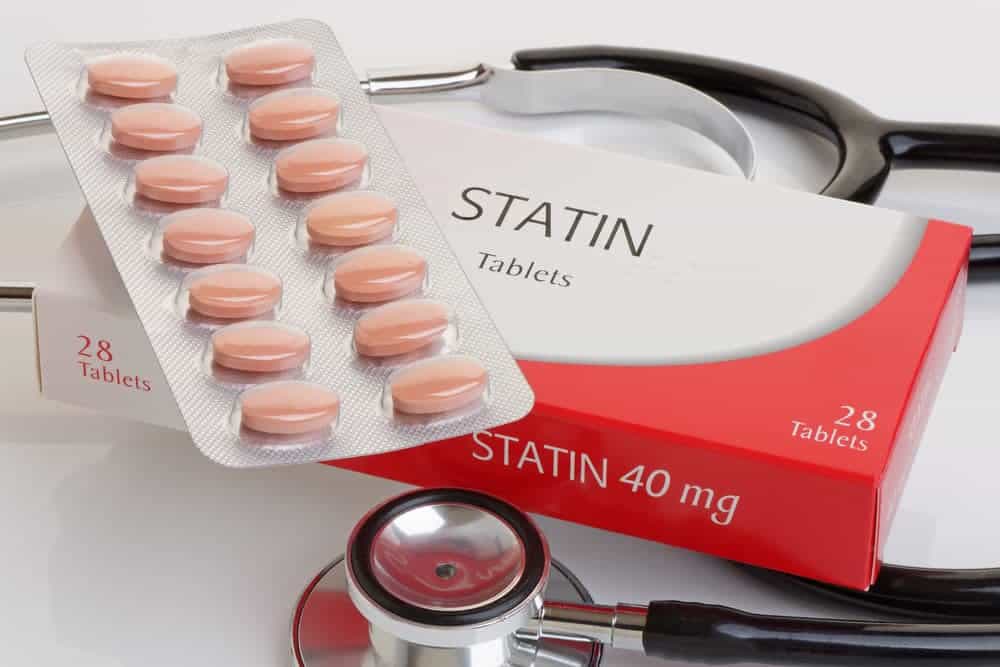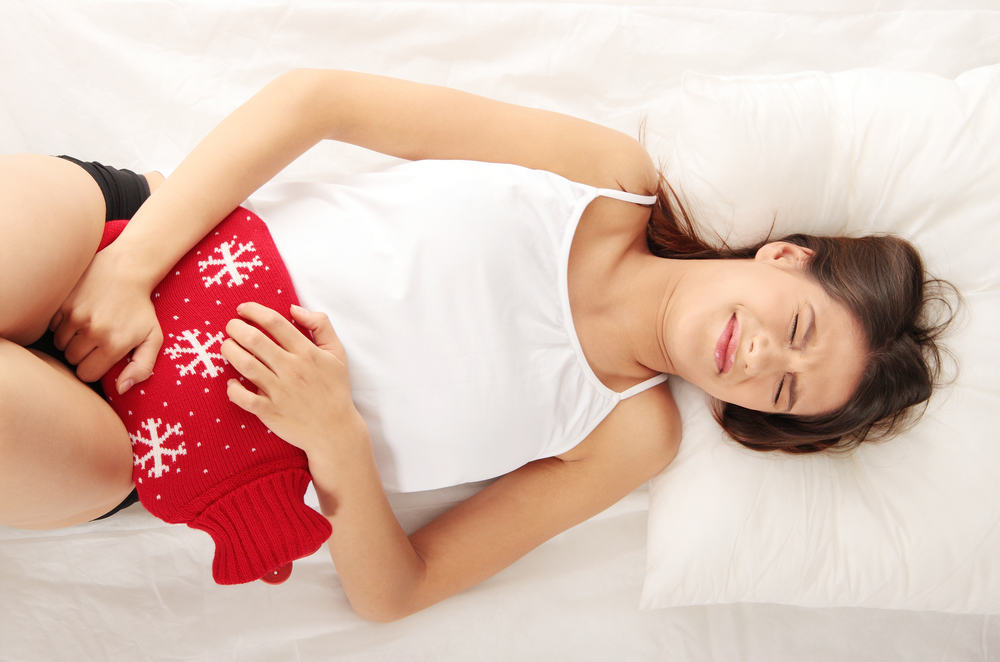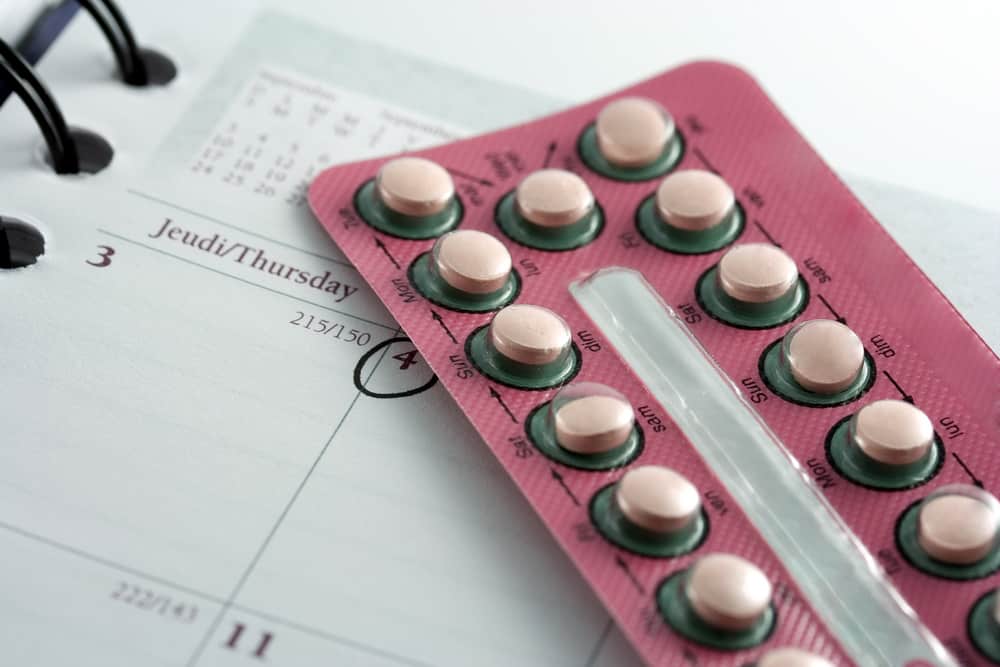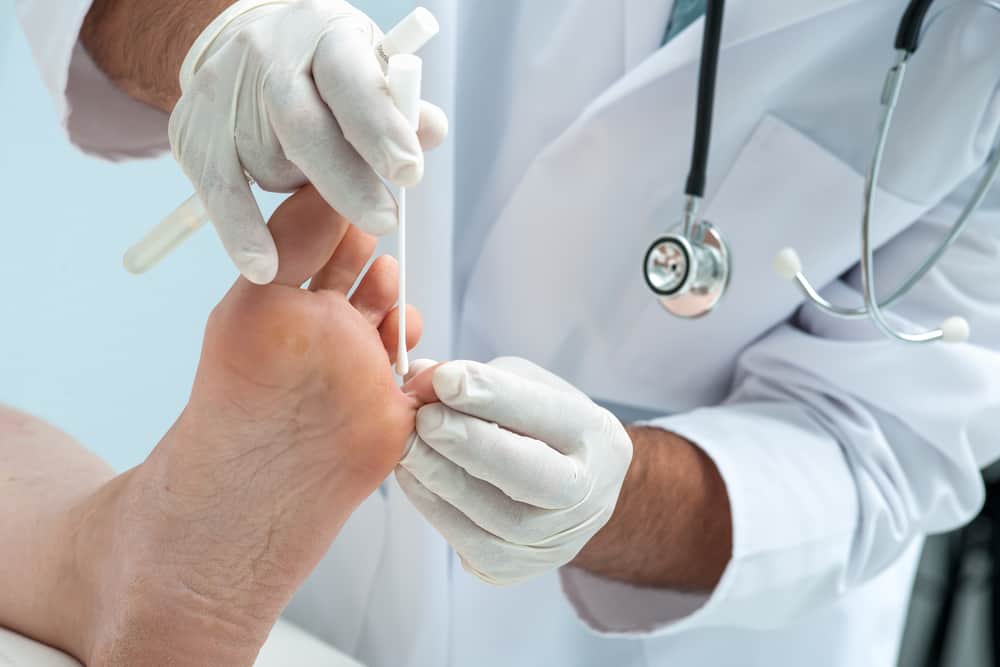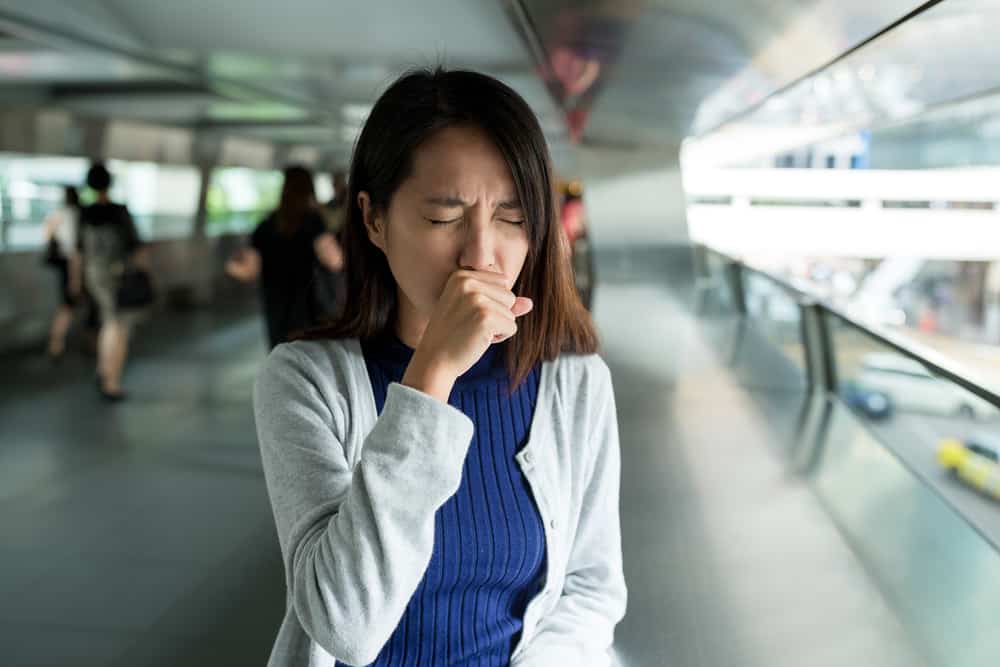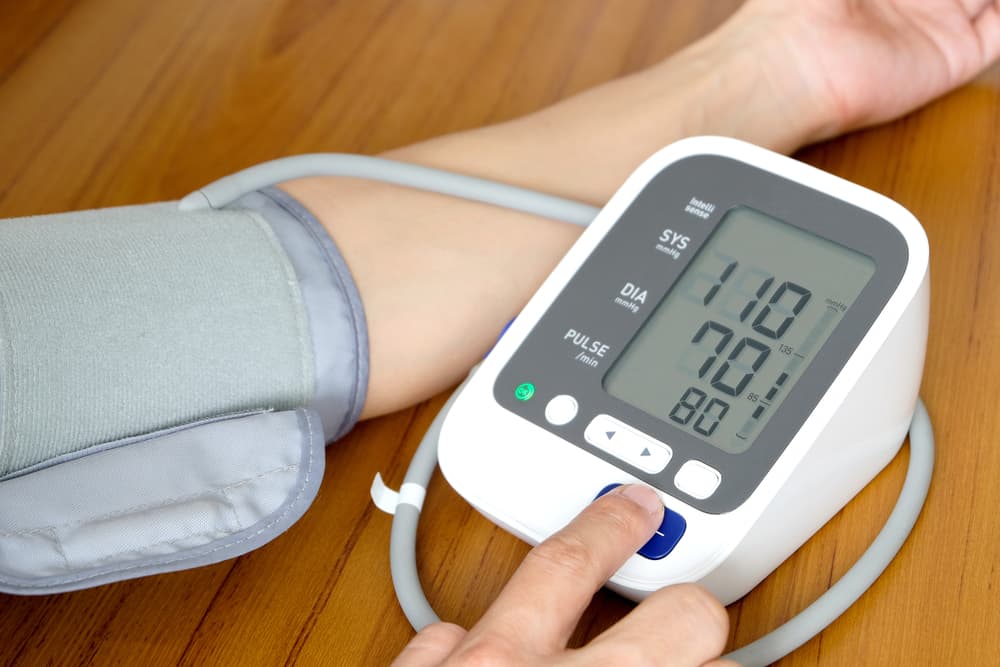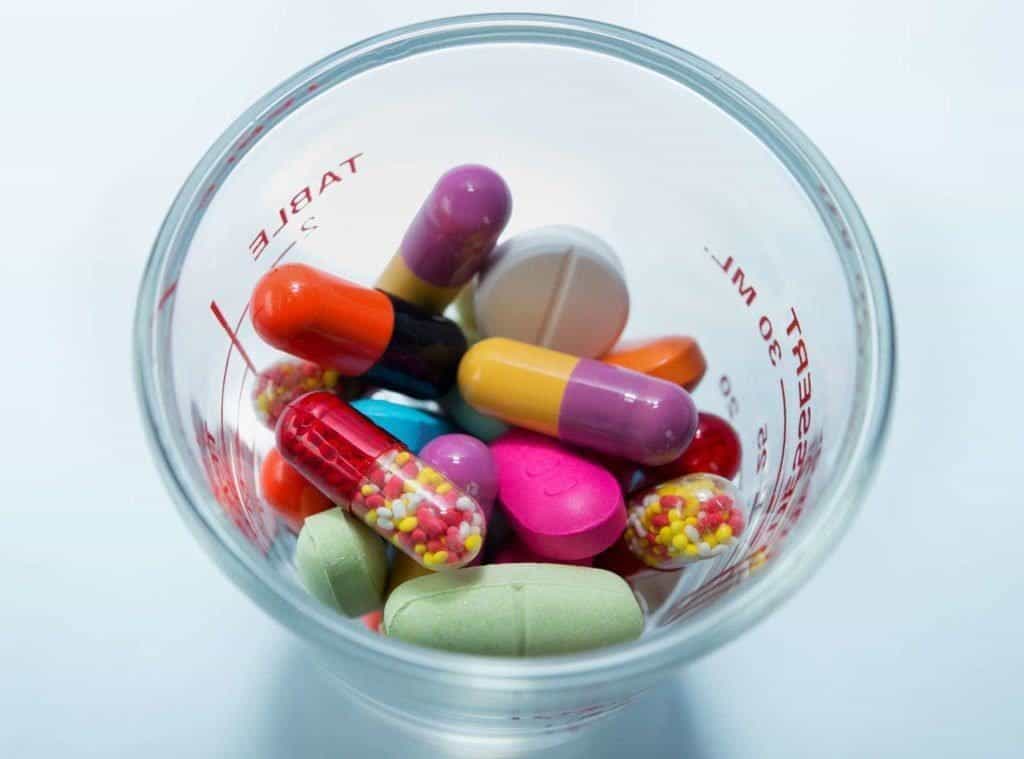Contents:
- Medical Video: Statin-Induced Myopathy
- Statin cholesterol drugs can cause muscle pain
- What is rhabdomyolysis?
- What are the common signs and symptoms of rhabdomyolysis?
- Why do I need to care about the effects of this cholesterol drug?
Medical Video: Statin-Induced Myopathy
Statins have been used for more than 20 years as a cholesterol drug that is safe and well tolerated. But like other drugs, statins can cause side effects - especially in people who are more sensitive. Statins can sometimes cause swelling and pain in the muscles. When muscle pain continues to be so severe that it weakens, this condition is called rhabdomyolysis. Rhabdomyolysis can be fatal.
Statin cholesterol drugs can cause muscle pain
The side effect of statins that is relatively common is mild muscle pain. How can this cholesterol drug cause muscle pain not yet fully understood. One theory is that statins affect protein production in muscle cells, which then slows muscle growth.
Other theories argue that statins work to reduce the levels of natural substances in the body called coenzyme Q10. Coenzyme Q10 helps muscles produce energy. Decreased levels of coenzyme means that the muscle will produce less energy. With a little energy, muscle cells cannot work properly. This can then cause muscle aches, muscle fatigue, and muscle weakness so that tasks that were once simple, such as climbing stairs or walking can make you uncomfortable and exhausted while using statins.
But if this muscle pain continues to be so severe that it weakens over time using statins, this may be a sign of rhabdomyolysis. Rhabdomyolysis is a side effect of statin cholesterol drugs that is rare and needs to be watched out.
What is rhabdomyolysis?
Rhabdomyolysis is a rare syndrome characterized by severe muscle damage due to the death of muscle fibers, so that fiber contents leak into the bloodstream. Damage to the muscles then also releases the substance of myoglobin into the bloodstream. Myoglobin is a protein that functions to store oxygen in muscles. Too much myoglobin in the blood can cause electrolyte imbalance to acute kidney failure.
What are the common signs and symptoms of rhabdomyolysis?
The general symptoms of rhabdomyolysis can be described in a series of the following symptoms: muscle pain, swelling, weakness, and dark colored urine (usually reddish or purplish). Symptoms of muscle pain typical of rhabdomyolysis can include stiffness and cramps.
Muscle pain that occurs is usually most pronounced in the muscles close to the base of the body such as thighs and shoulders, lower back, and calves. How severe your muscle weakness is depends on the severity of muscle damage.
Other symptoms and complaints that may occur include fatigue, lethargy, extreme thirst (hypovolemia; fluid and electrolyte deficiency syndrome), and an overly fast and irregular heartbeat. In some people, swollen and weak muscles can sometimes cause discharge.
Irregular heart rhythms caused by rhabdomyolysis can increase the risk of heart attack due to severe hyperkalemia (excess potassium in high amounts).
Why do I need to care about the effects of this cholesterol drug?
Untreated Rhabdyomyolysis can cause kidney failure.
Statins themselves are also the most widely used cholesterol drugs. Statins are a class of cholesterol drugs that are easily recognized because they end in -statin, namely:
- Atorvastatin
- Cerivastatin
- Fluvastatin
- Lovastatin
- Mevastatin
- Pitavastatin
- Pravastatin
- Rosuvastatin
- Simvastatin
Not all of the above statins are available in Indonesia, but atorvastatin, pravastatin, simvastatin are examples of drugs borne by BPJS.
Risk factors that can increase the risk of rhabdomyolysis from these cholesterol drugs can come from the active ingredient of the drug or the patient's own condition. That is:
- The type of statin drug. Pravastatin and fluvastatin are types that do not cause muscle damage because the effect is indeed lower. Meanwhile, the use of simvastatin should be limited to 40 mg per day and to 20 mg per day if the drug is given along with the heart drug amlodipine.
- The presence of neuromuscular disorders that have existed before
- Hypothyroidism, acute or chronic kidney failure, and obstructive liver disease
- The patient's genetic factor in the protein responsible for taking statins into the cell
- The use of drugs together with the following drugs: calcium channel blocker type drugs (diltiazem, verapamil), protease inhibitors for HIV and hepatitis C, amiodarone, grapefruit juice or grapefruit, cyclosporine, fibrates, colchicine, niacin.
Avoid using statins with the drugs mentioned above to prevent the risk of drug interactions. Discuss with your doctor about the types, rules of dosage, and how to use the best cholesterol statin drugs for you.

